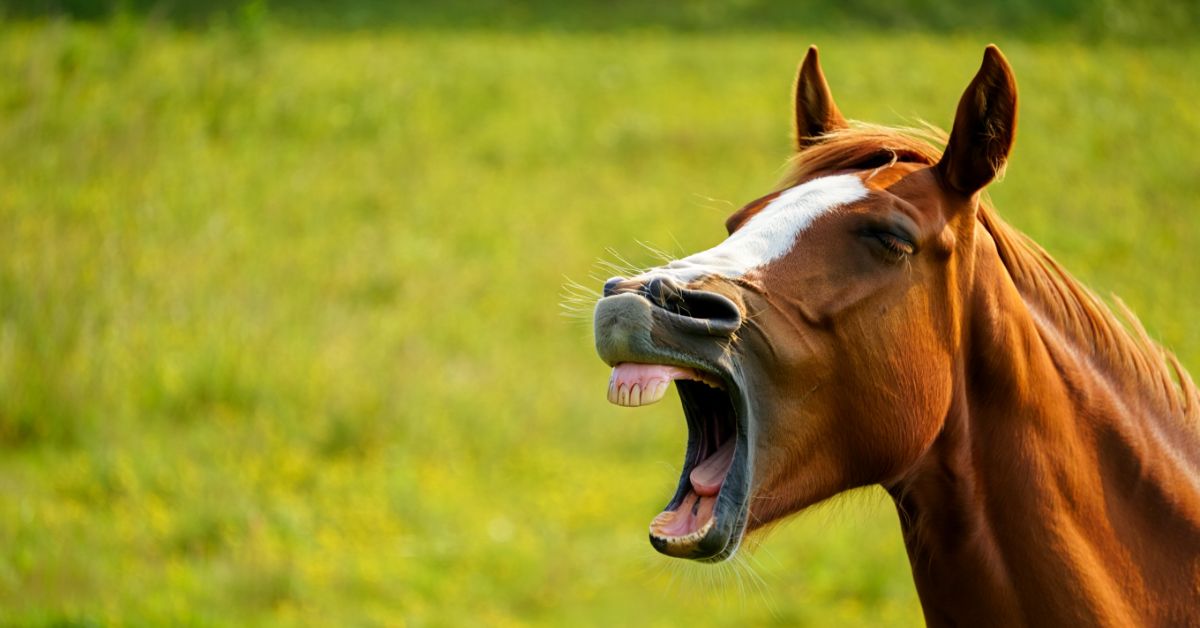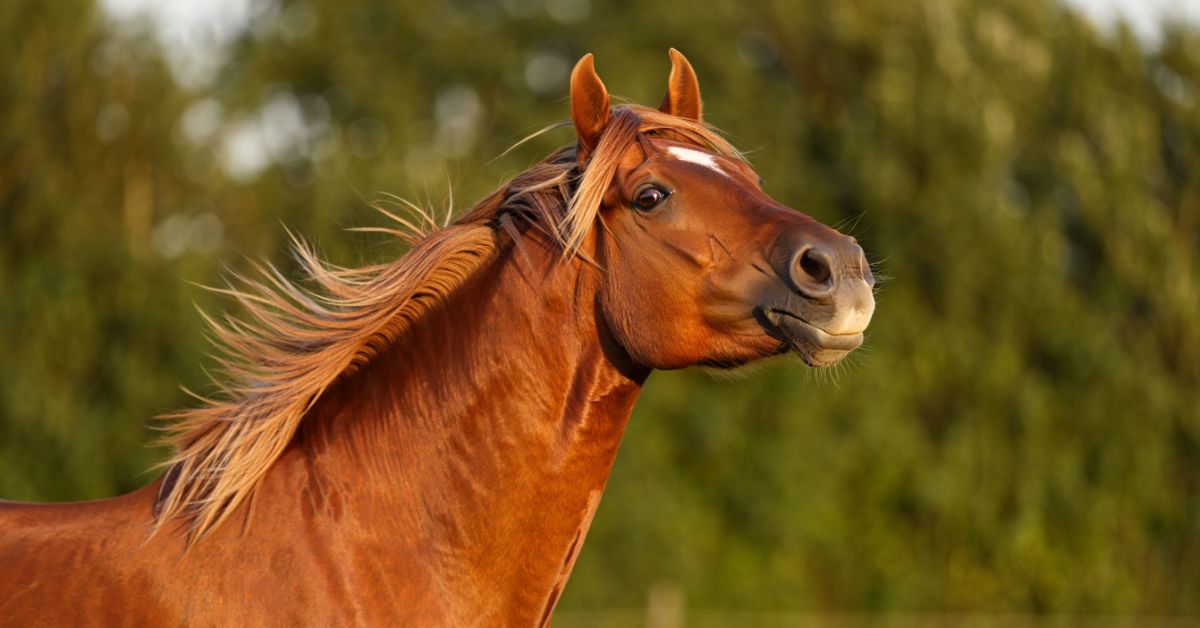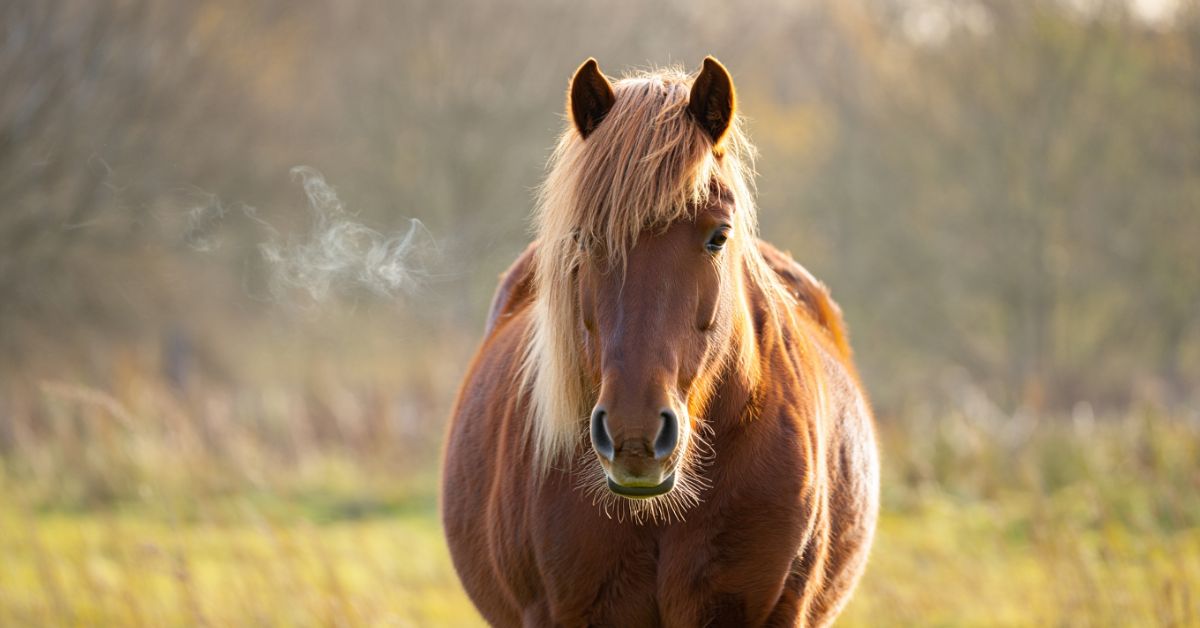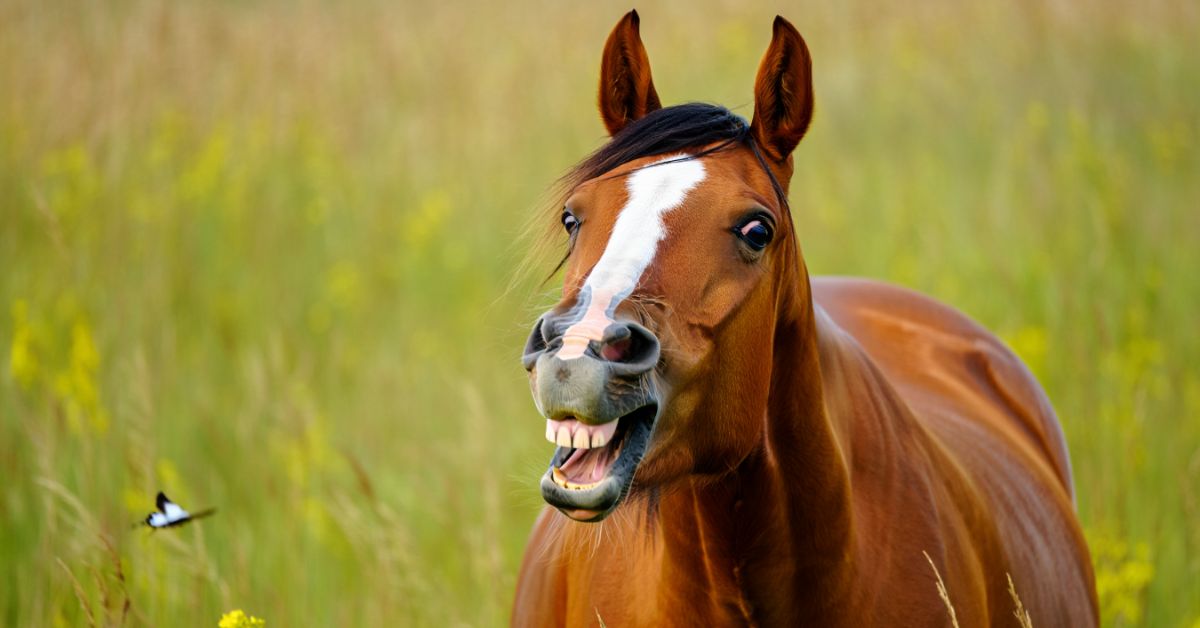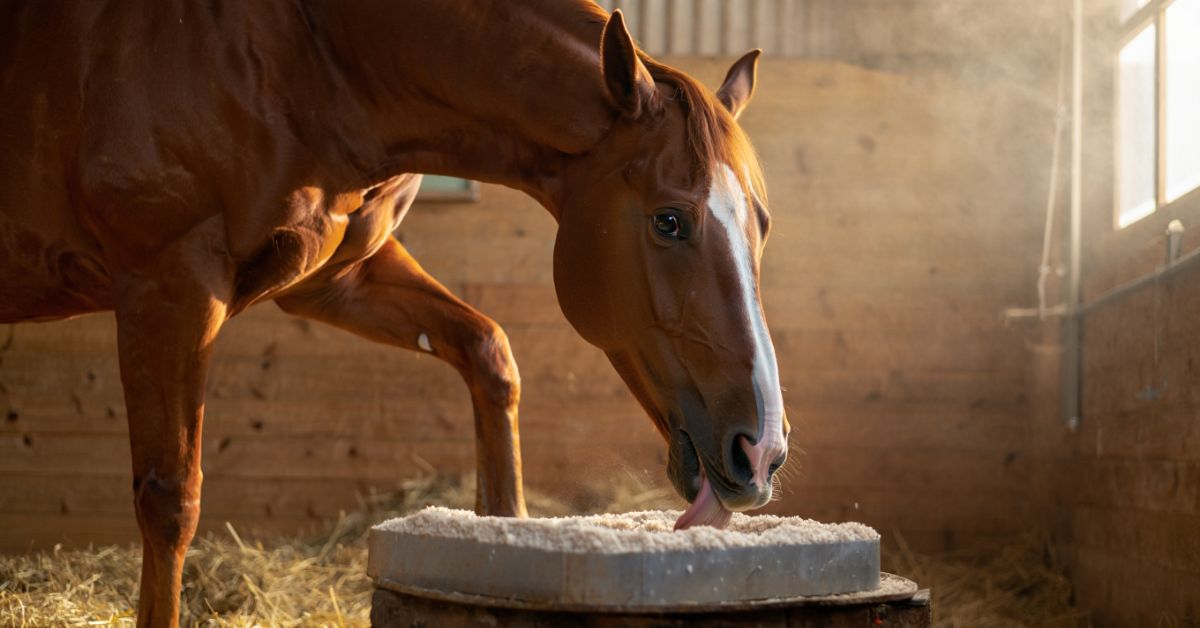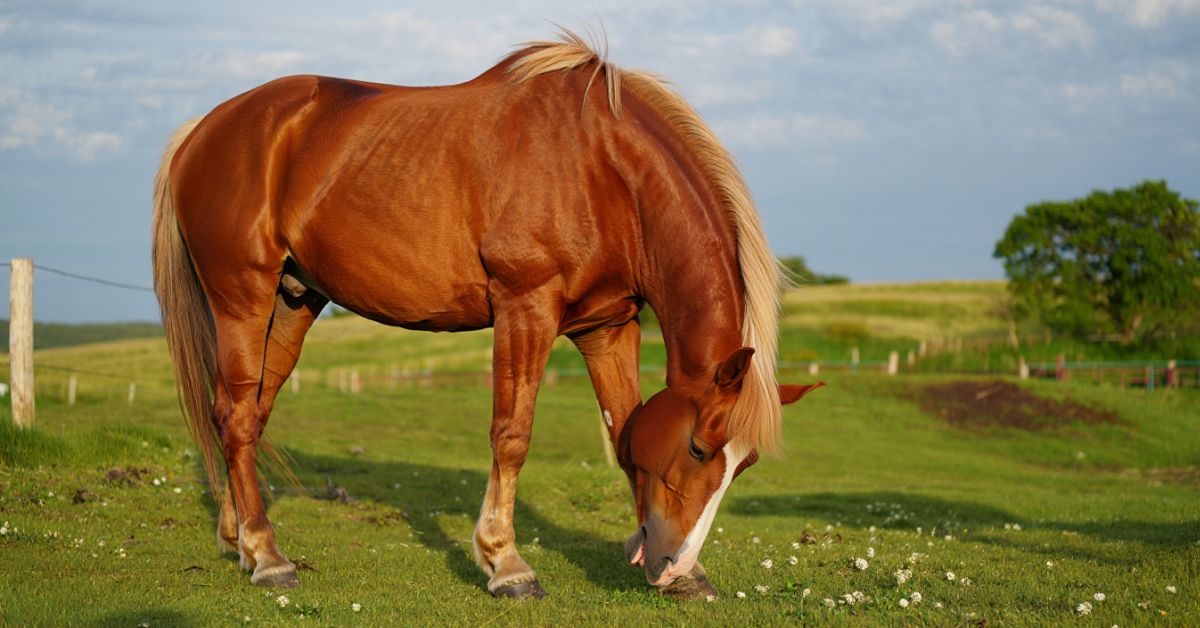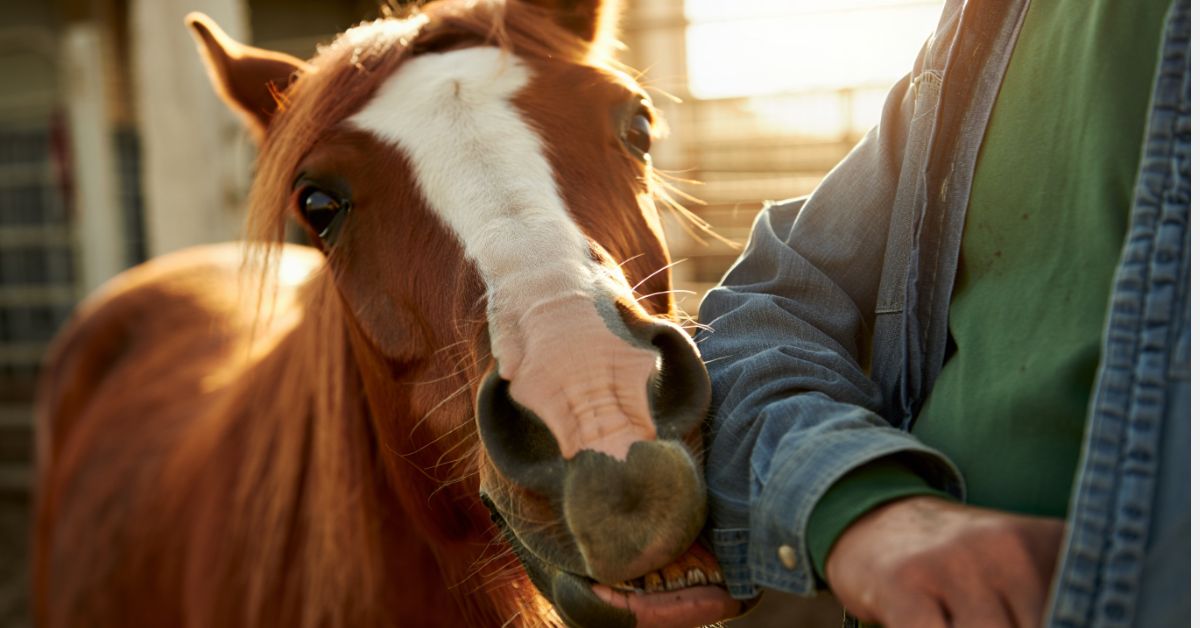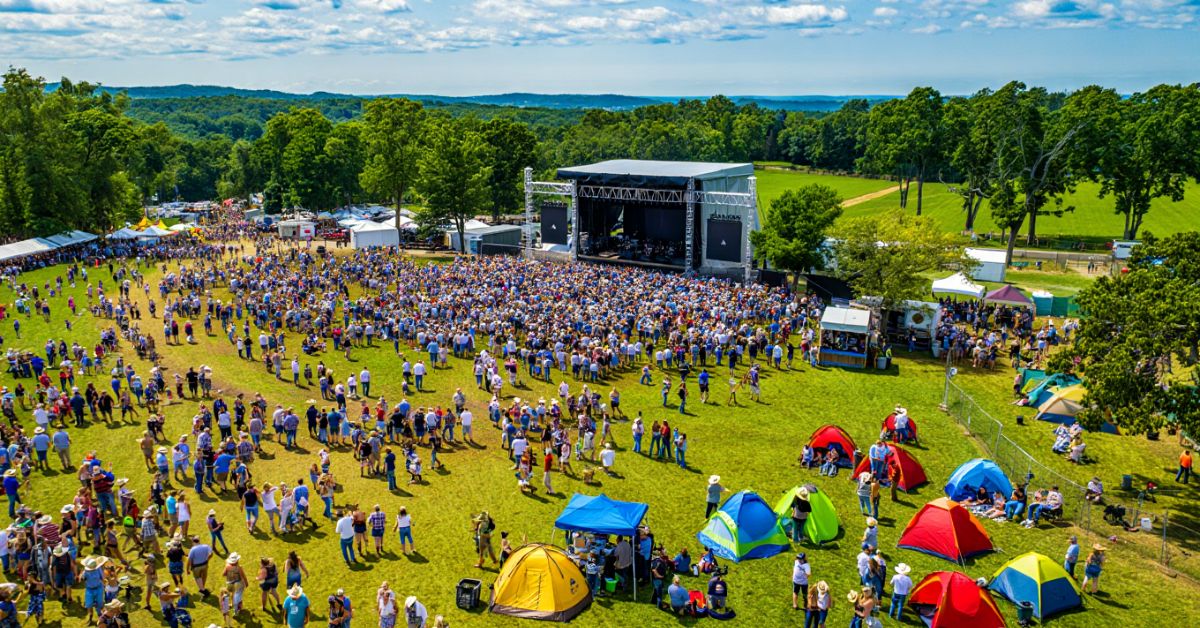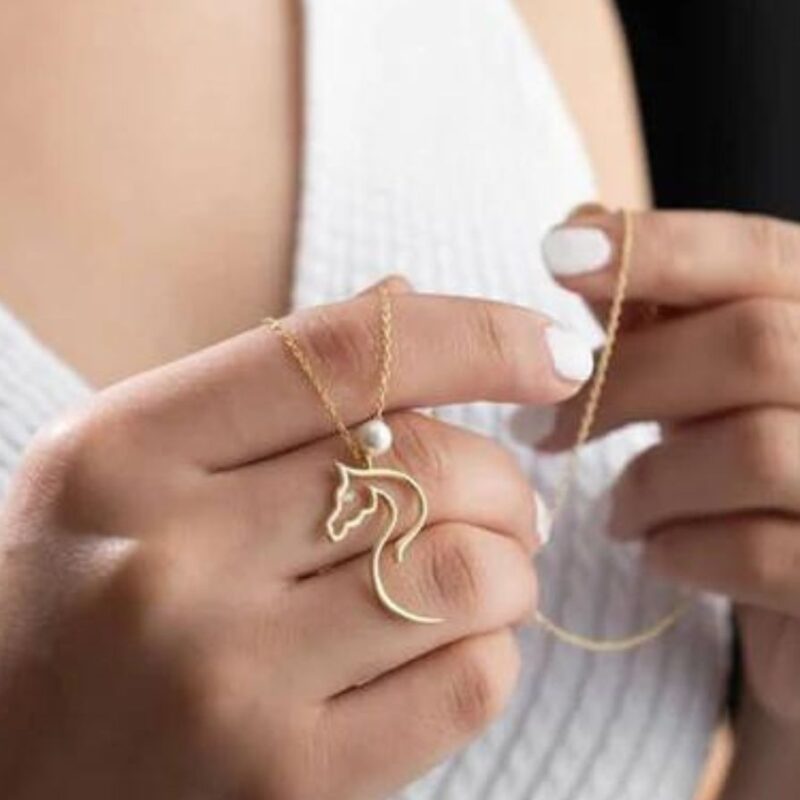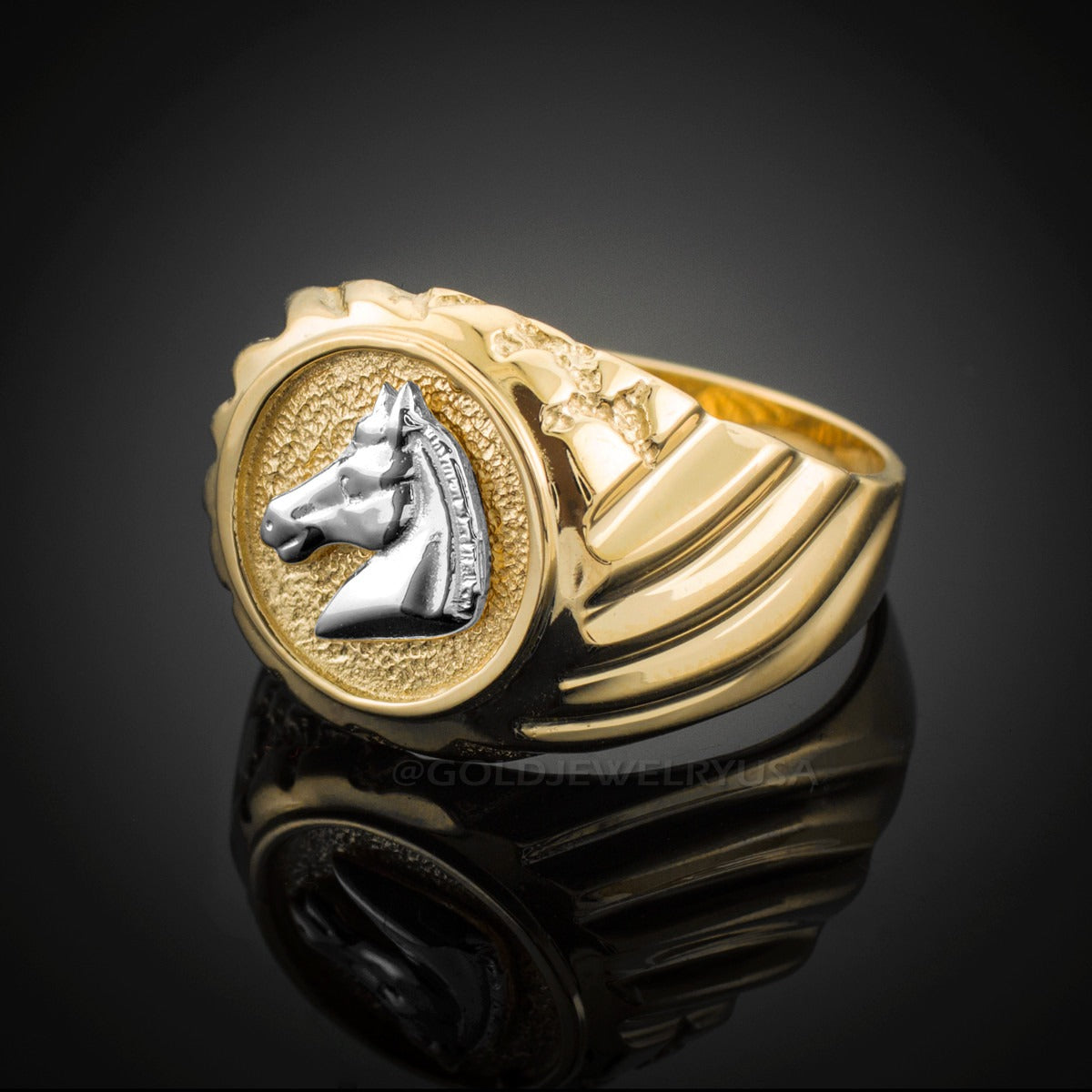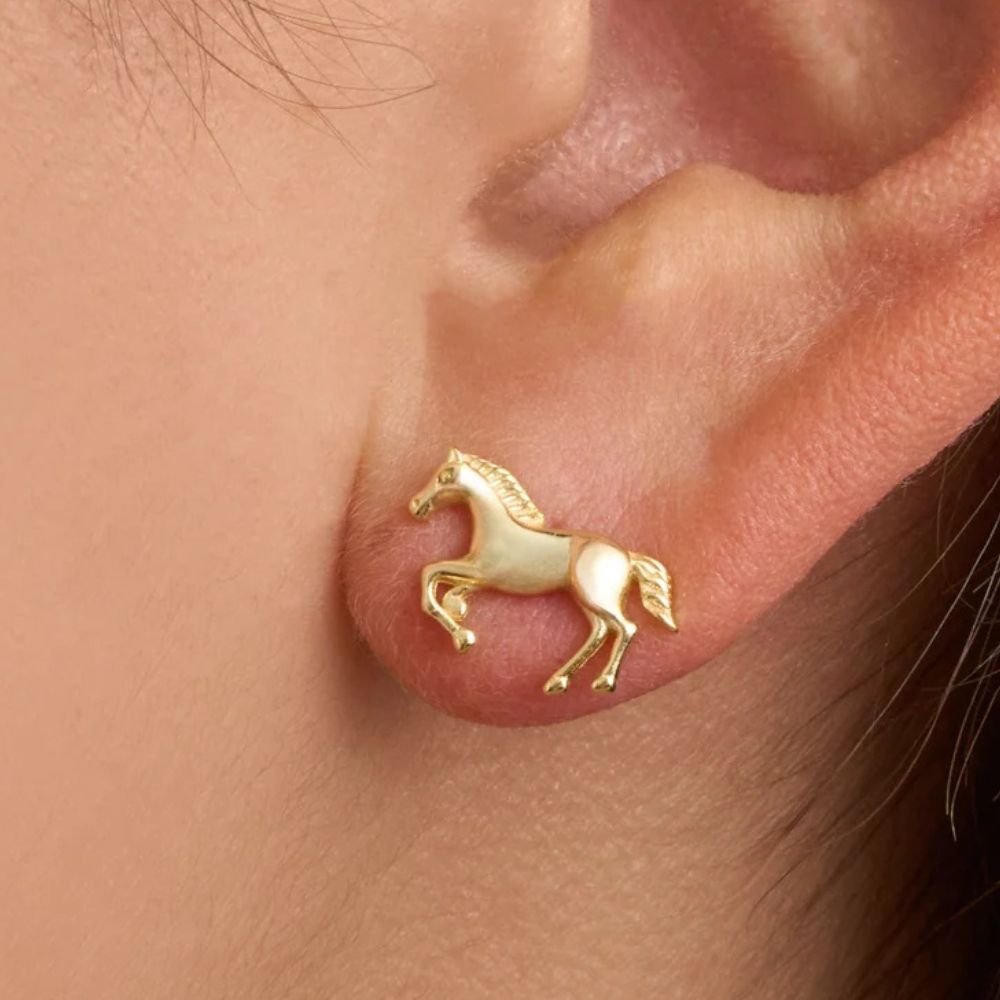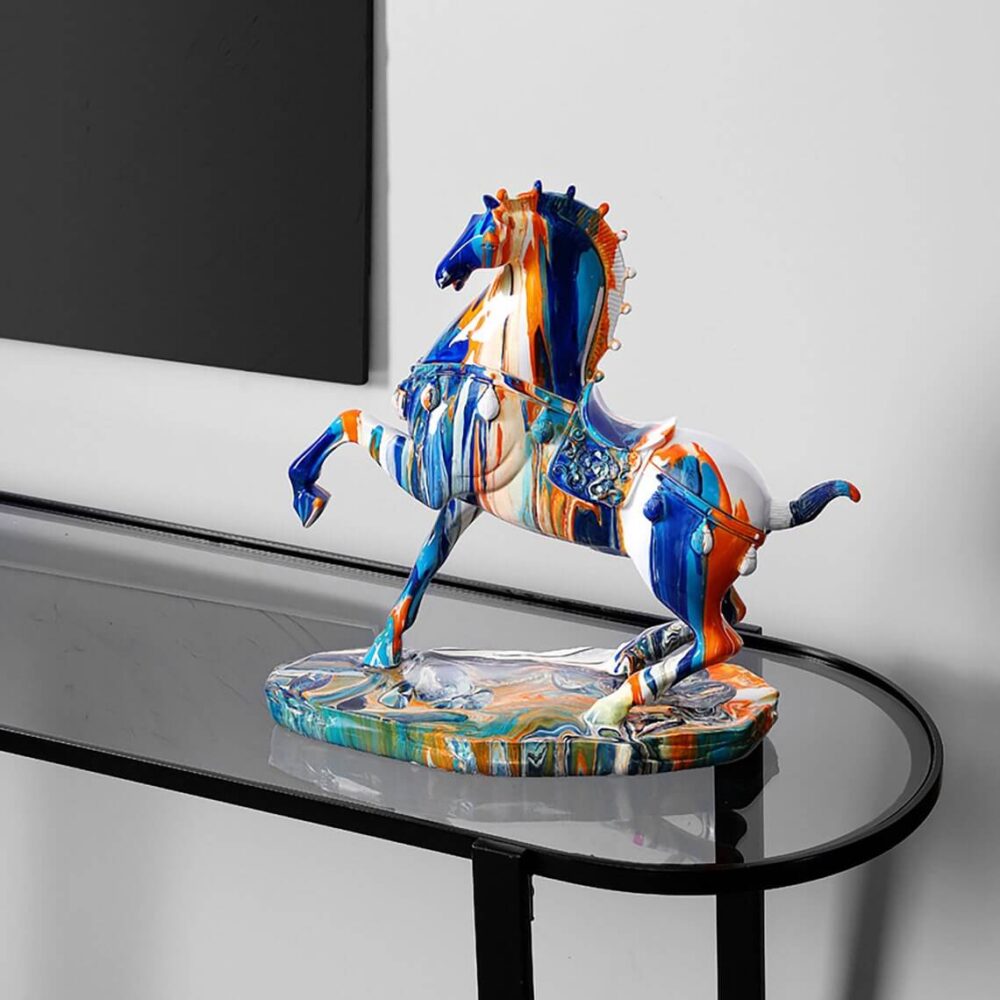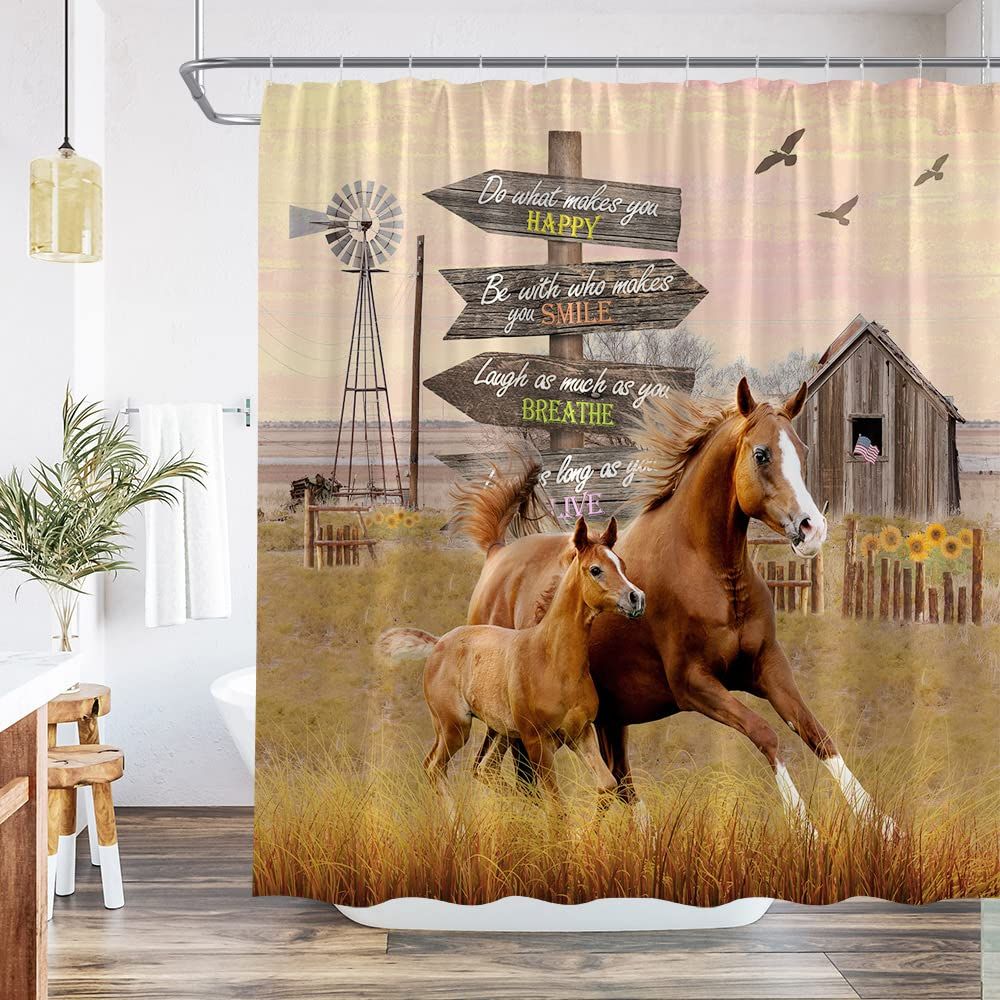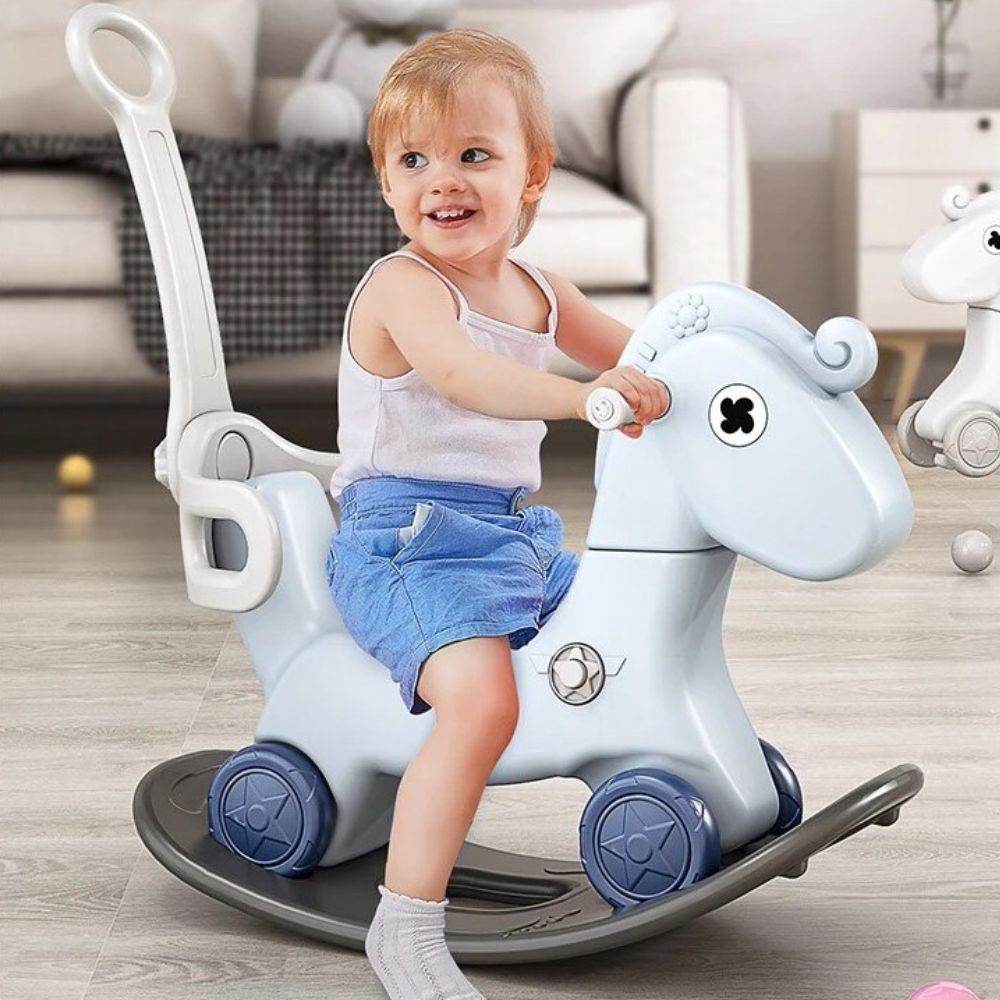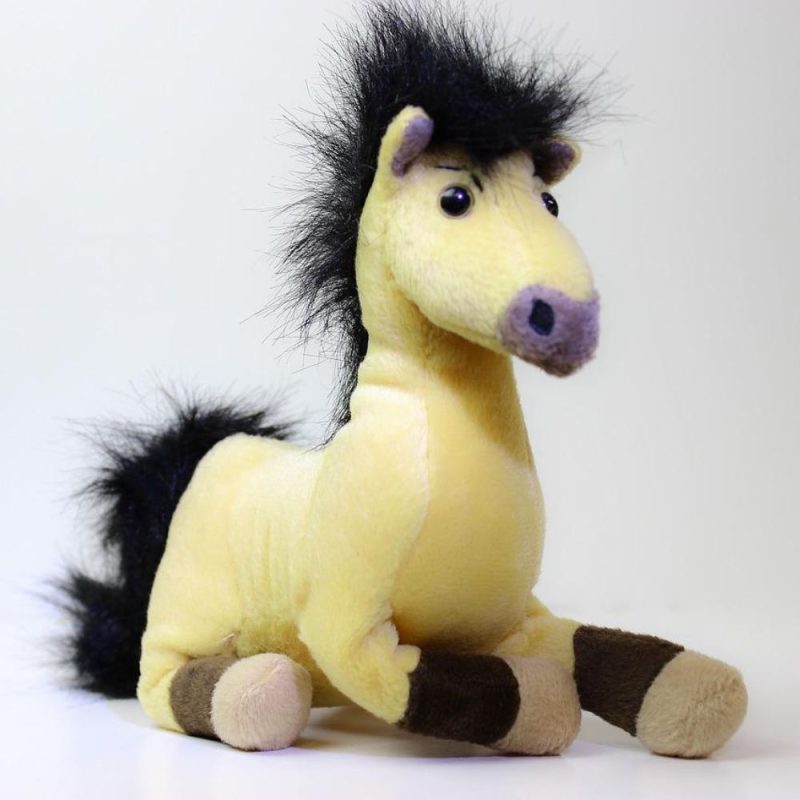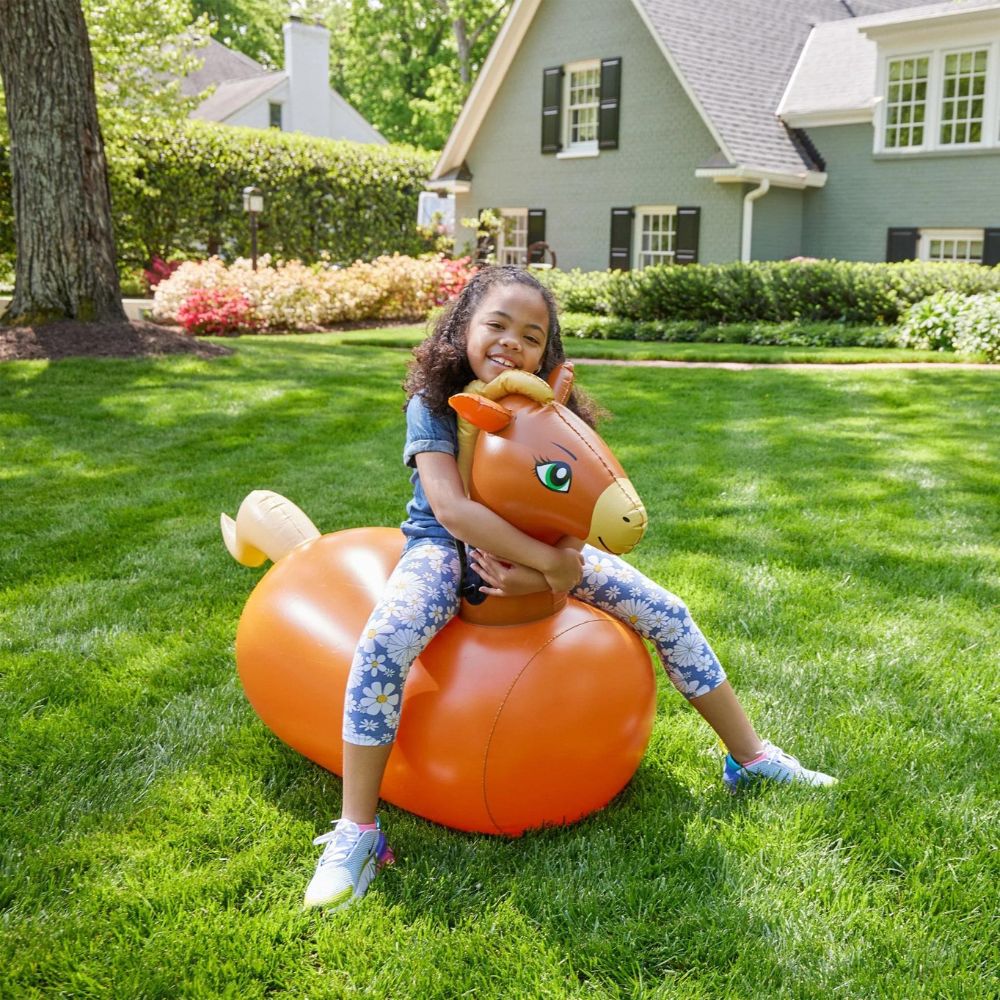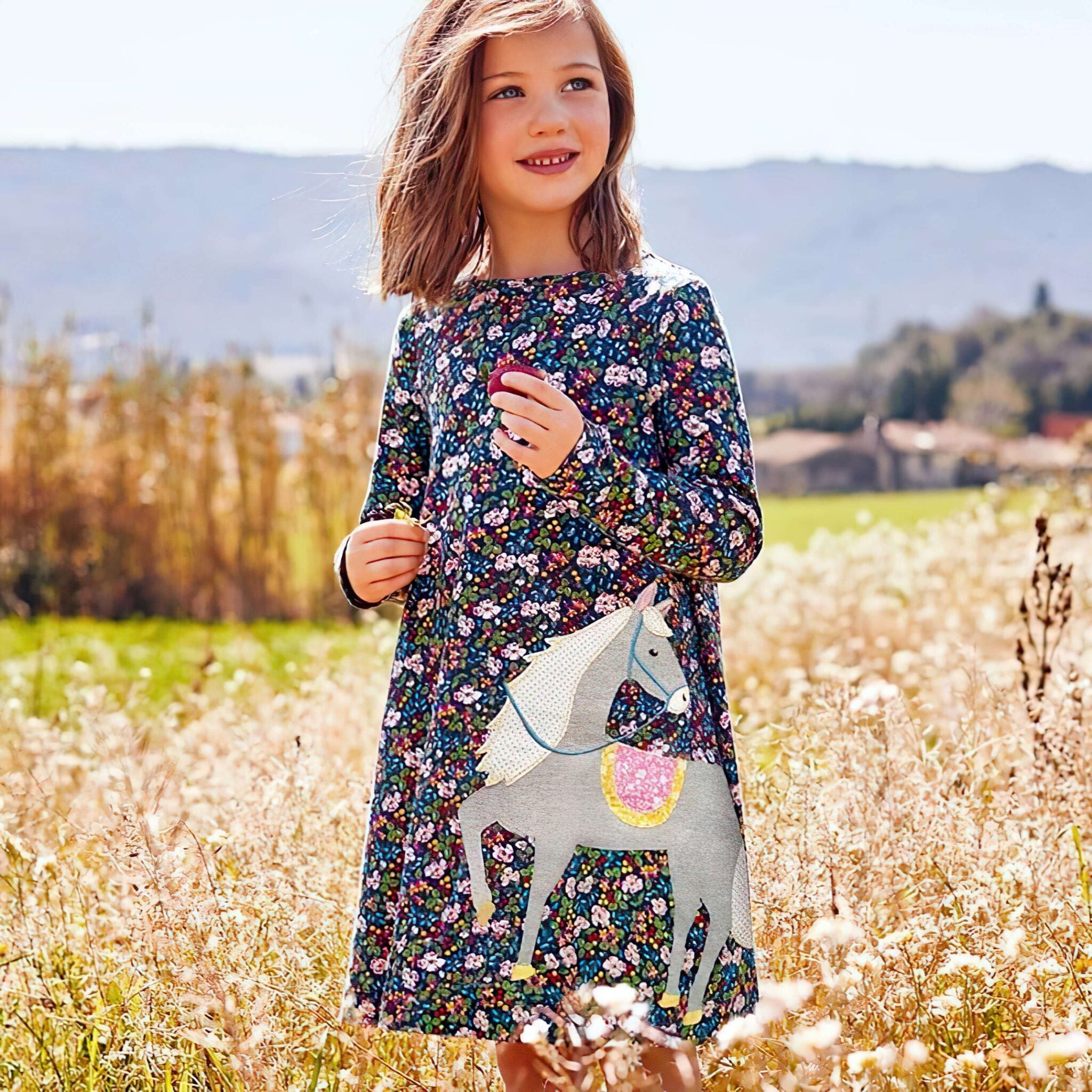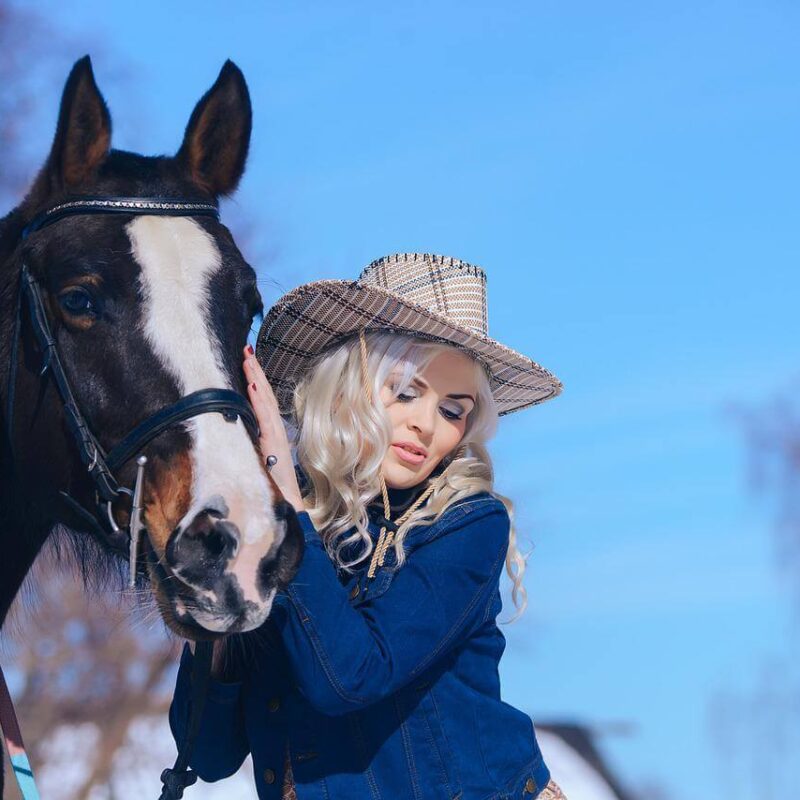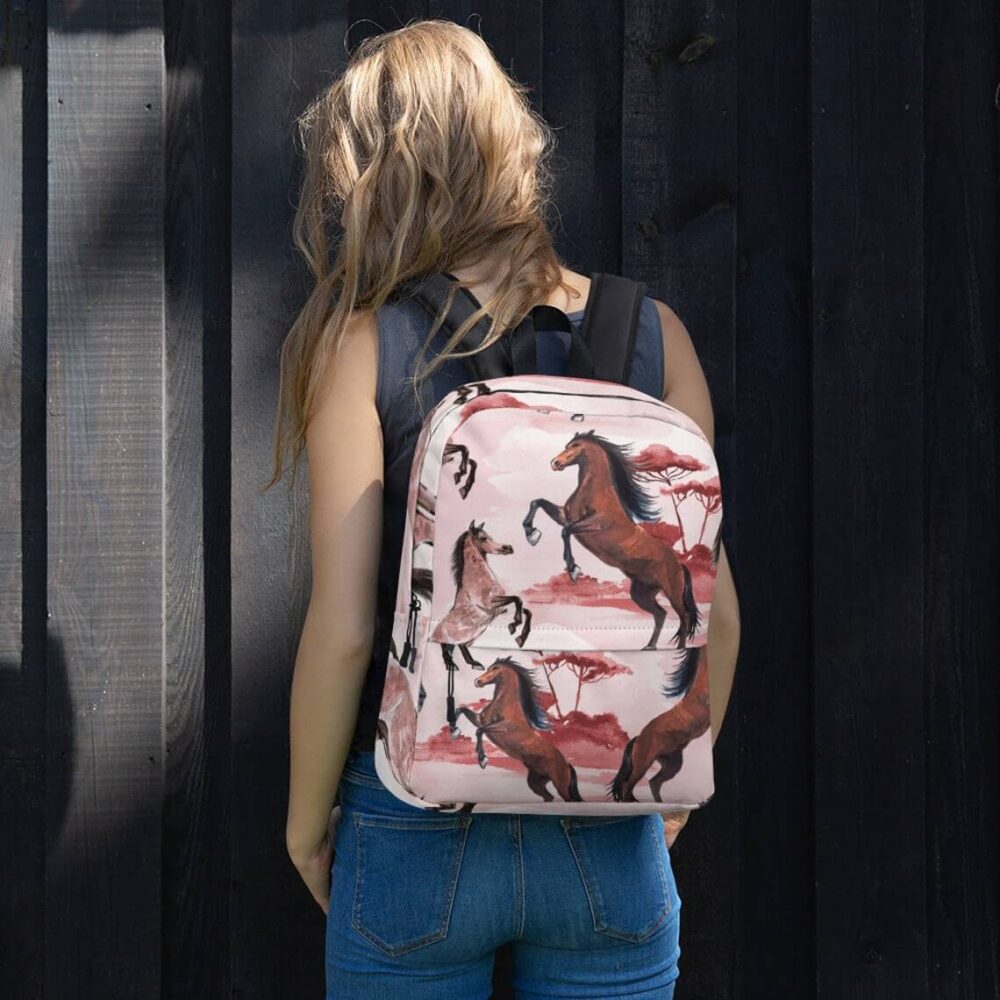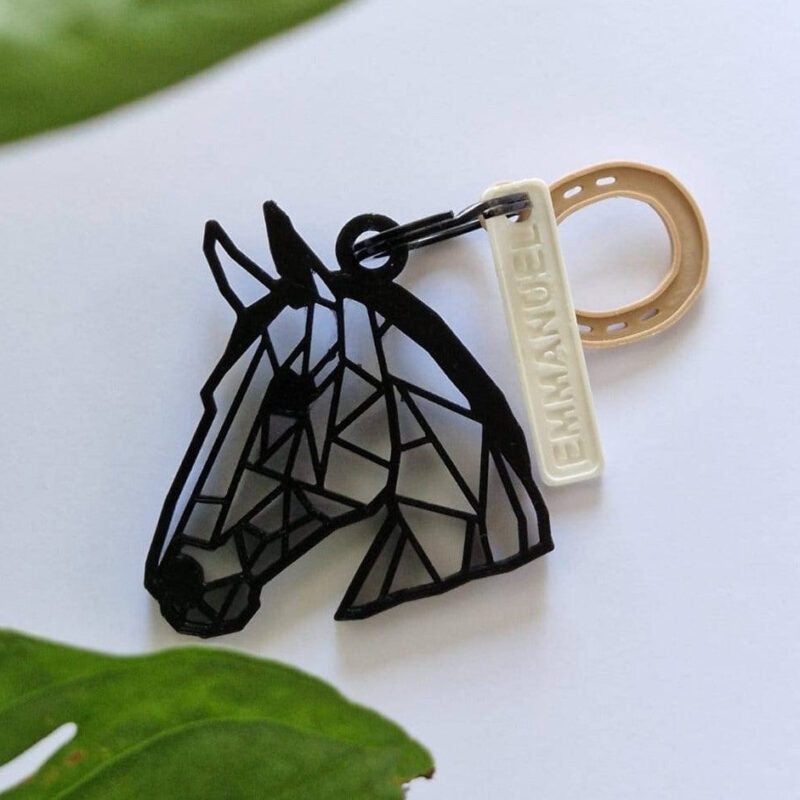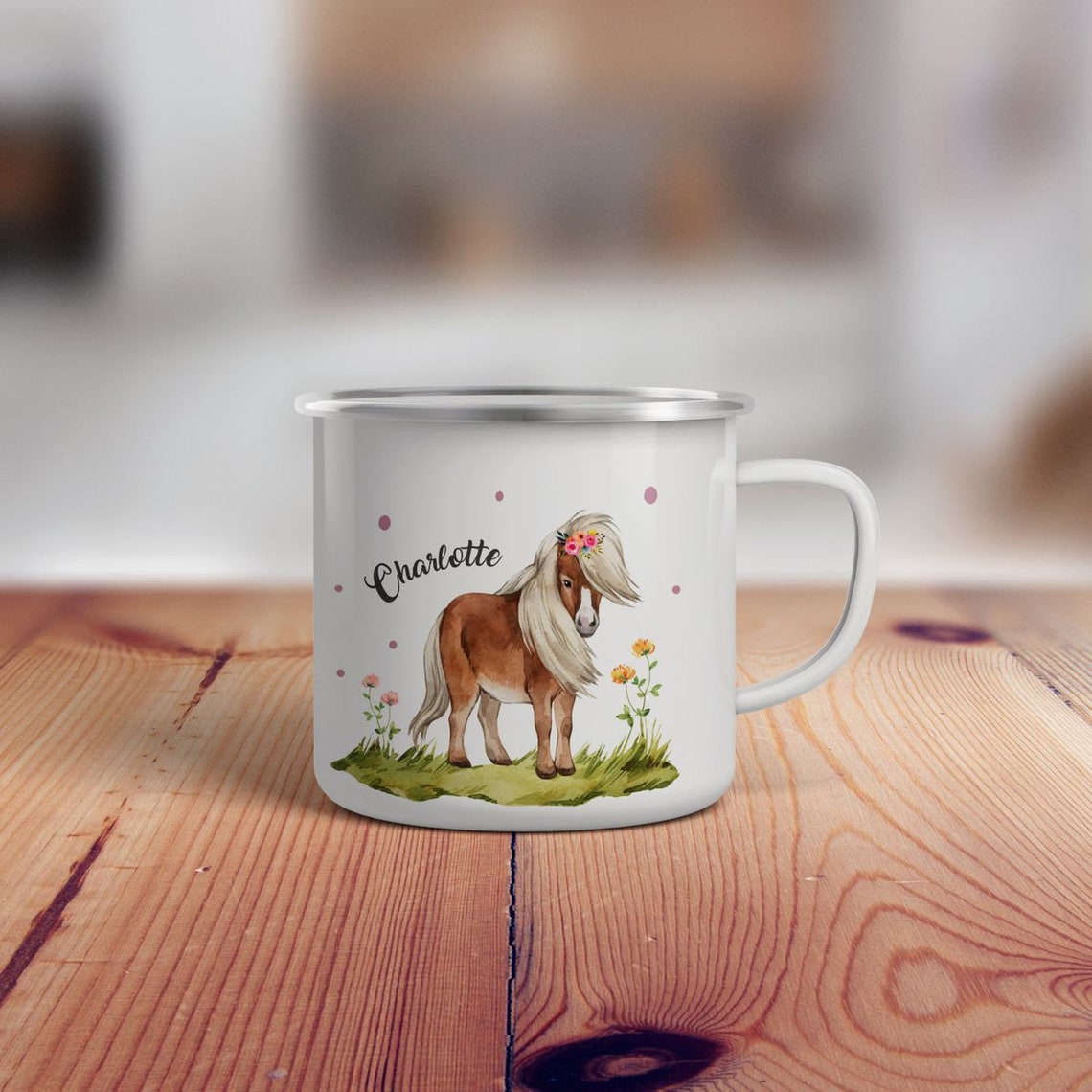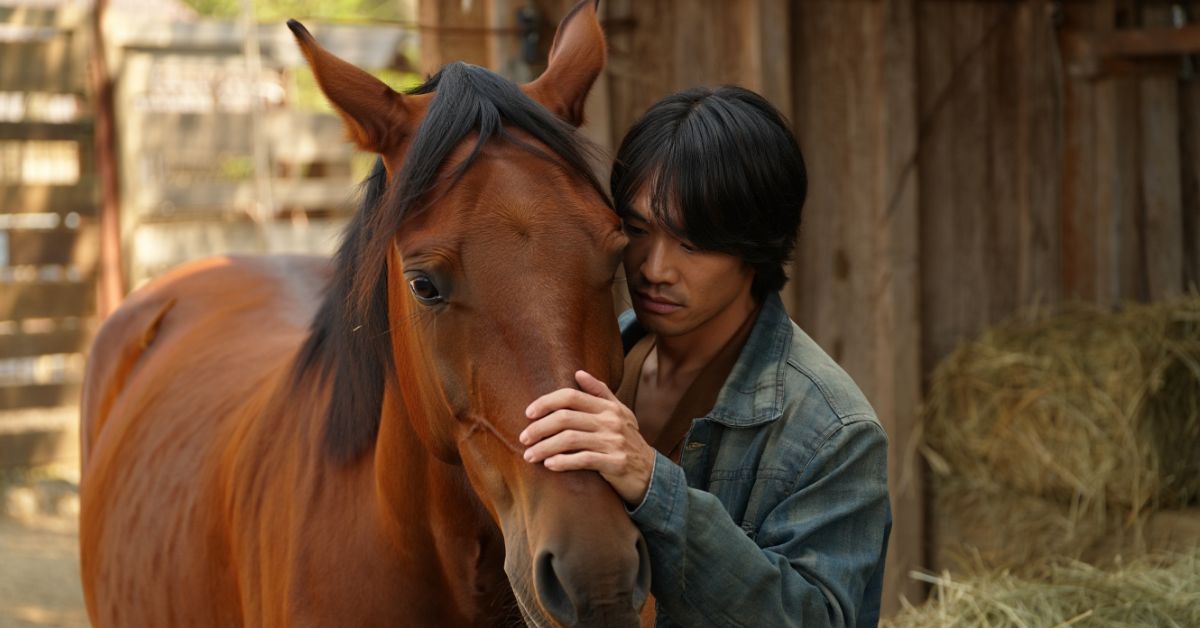
How to Stop a Horse from Biting: Complete Guide for Horse Lovers
Dealing with a horse biting behavior can be frustrating, scary, and downright dangerous for any equestrian. Whether you're grooming your beloved companion or just walking past the stall, an unexpected nip can leave bruises, tear clothing, and seriously damage the trust between you and your horse. The good news? You absolutely can stop horse biting with the right approach, consistency, and understanding of why your four-legged friend is acting this way in the first place.
How to stop a horse from biting starts with understanding why horses bite. Horses use their mouths to communicate, establish boundaries, and sometimes express discomfort or pain. Most horse biting behavior stems from learned patterns, dominance issues, playfulness gone too far, or underlying medical problems. The solution involves identifying the root cause, implementing consistent training methods, establishing clear boundaries through respect training for horses, and using both positive reinforcement for horses and appropriate corrections. With patience and the right techniques, even the most mouthy horse behavior can be corrected, creating a safer and more enjoyable partnership for both horse and rider.
Understanding Why Horses Bite: The Root of the Problem 🤔
Before you can effectively prevent a horse from nipping, you need to become a detective and figure out what's driving this behavior. Horses don't bite randomly—there's always a reason behind it, even if it's not immediately obvious to us humans.
The Psychology Behind Equine Aggression
Let me share something important: horse aggression biting is fundamentally different from a playful nip, and understanding this distinction is crucial for addressing horse behavior problems. According to renowned equine behaviorist Dr. Robert M. Miller, "Horses are not naturally aggressive animals. When they bite, they're usually trying to tell us something we're not hearing through other means." This insight, documented in his 2023 research on equine communication patterns, reminds us that understanding horse communication is the first step toward resolution.
Reasons why horses bite typically fall into several categories:
-
Dominance and hierarchy establishment: Your horse might be testing boundaries and trying to figure out where they stand in the pecking order. This horse establishing dominance behavior is natural in herd dynamics but unacceptable when directed at humans.
-
Playfulness that crosses the line: Young horses, especially, engage in play biting with their pasture mates. When they bring this behavior into human interactions, it needs immediate correction through training a horse not to bite.
-
Pain or medical discomfort: Sometimes medical reasons for horse biting are hiding beneath what looks like bad behavior. Dental issues, ulcers, or saddle fit problems can cause biting during grooming or biting when being saddled.
-
Fear or defensive reactions: A horse that feels threatened or cornered might bite as a defense mechanism, which requires building trust with a horse rather than punishment.
-
Learned behavior from improper handling: If a horse learned that biting gets them out of work or earns them treats, you've got a training problem that needs equine behavior modification.
-
Frustration during feeding time: Food aggression is common and requires specific handling nippy horses techniques around meal times.
Identifying Your Horse's Trigger Points
Identifying trigger points is essential for developing an effective prevention strategy. Spend time observing when the biting occurs. Is it always during grooming? Does it happen when you're tightening the girth? Maybe it's when you walk past with a feed bucket? Keep a journal for about two weeks (starting now in September 2025, you'll have clear patterns by mid-October) noting every biting incident, what happened immediately before, and your horse's body language.
The body language of a biting horse includes pinned ears, tensed facial muscles, raised head, wrinkled nostrils, and that telltale "mare face" where they bare their teeth slightly before striking. Learning to read these signals gives you precious seconds to interrupt the behavior before it happens.
Essential Training Techniques to Stop Biting Behavior 💪
Now let's get into the practical stuff—the actual equine training techniques that work. Training a horse not to bite requires consistency, timing, and a clear understanding of how horses learn.
The Foundation: Respect and Boundaries
Ground manners for horses form the foundation of all good behavior. Your horse needs to understand that you're the leader, not through fear or violence, but through confident, consistent communication. Teaching a horse boundaries means establishing a personal bubble that the horse may not invade without permission.
Start with simple exercises that reinforce your space. When leading your horse, they should walk beside you—not ahead, not crowding you, not nibbling at your pockets. If they drift into your space, immediately push them back with firm but calm energy. Use your elbow, a leading wand, or even just assertive body language to say "no, this is my space."
As the legendary horseman Ray Hunt once said in the late 1990s, "Make the right thing easy and the wrong thing difficult." This philosophy is the cornerstone of correcting a biting horse without resorting to harsh punishment that damages trust.
Positive Reinforcement Strategies
Positive reinforcement for horses is incredibly powerful for biting prevention strategies. Here's how it works in practice: you reward the behavior you want to see more of. When your horse keeps their mouth to themselves during grooming, immediately praise them—use your voice, a scratch on their favorite spot, or a small treat ONLY after the session is completely finished (never during, as this can create nippy behavior).
The timing is everything. Research from the University of Kentucky's equine behavior lab in March 2024 showed that horses make behavioral connections within 0.8 seconds. That means your response to good or bad behavior needs to be nearly instantaneous for the horse to connect it with their action.
Here's a practical example: Let's say your horse typically nips when you brush their belly. Before you even touch that sensitive area, have your horse focused on a task—maybe asking them to move their hindquarters over, or touch a target with their nose. Reward that focus. Then approach the belly area. The instant you see their ear flick back (warning sign!), redirect their attention back to the task and reward. Over time, you're teaching them that keeping their mouth off you is more rewarding than biting.
Strategic Use of Corrections
Now let's talk about the controversial part: how to punish a biting horse. I'm going to be straight with you—the word "punish" isn't really accurate for what we're doing. We're providing immediate, clear consequences that communicate "that behavior doesn't work here."
Negative reinforcement for biting (which actually means removing something unpleasant when the horse does the right thing) might look like releasing pressure the moment they stop trying to bite. For example, if you're working on desensitization training and the horse tries to bite when you touch their ear, you maintain firm, steady pressure on that area (not painful, just persistent) until the horse relaxes and stops attempting to bite. The instant they soften, you release. They learn that relaxation, not aggression, makes the "annoying thing" go away.
For actual biting attempts, your correction must be immediate and proportional. A sharp "NO!" combined with pushing the horse's head away or making them back up several steps communicates displeasure without causing fear. Some professional horse trainer tips include carrying a short dressage whip (not to hit, but to extend your personal space) or using a spray bottle of water for persistent offenders—the surprise interrupts the behavior pattern.
Never hit a horse in the face. This can create head-shy horses and escalate aggression. Instead, make them work—if they bite, immediately put them through 5-10 minutes of basic groundwork exercises. They learn that biting equals work, not rest.
Practical Prevention: Daily Management Strategies 🛡️
Biting problems solutions aren't just about training sessions—they're about creating an environment and daily routine that sets your horse up for success. Let's talk about managing a difficult temperament through smart stable management.
Creating a Bite-Free Environment
Think about horse stable vices and how they develop. Boredom, frustration, and lack of turnout contribute significantly to problematic behaviors including biting. A horse that spends 23 hours a day in a stall is far more likely to develop mouthy horse behavior than one with adequate turnout, social interaction, and mental stimulation.
Consider these environmental factors:
Turnout time: Horses are designed to move 20+ miles per day grazing. A horse with adequate turnout can work out their excess energy and practice appropriate social behaviors with other horses. If your horse is being aggressive at feeding time, they might be food-stressed from limited grazing opportunities.
Social structure: Horses learn appropriate nipping vs. aggressive biting distinctions from other horses. A well-socialized horse that lives in a healthy herd environment gets instant feedback when their play becomes too rough—their pasture mate will kick or bite back, teaching boundaries more effectively than we ever could.
Mental enrichment: Treat balls, slow-feed hay nets, and varied activities reduce boredom-related vices. A busy horse is usually a well-behaved horse!
Grooming and Handling Protocols
Biting during grooming is super common, and it's often because we're touching sensitive areas, rushing, or using too much pressure. Here's your new grooming protocol for a horse with biting issues:
Always groom in cross-ties or with someone holding the lead rope—never when the horse is loose or tied with a single rope they can easily escape. Start away from sensitive areas and reward calm behavior. Use soft brushes initially and increase pressure gradually as your horse relaxes. If you see warning signs (ears back, tense muscles, turning head toward you), immediately redirect their attention and back off the pressure slightly.
For handling a difficult horse during saddling, ensure your tack fits correctly first. Many horses bite when being saddled because the saddle pinches, the girth is tightened too quickly, or they're anticipating discomfort. Always tighten the girth in stages—snug but not tight initially, walk a few steps, then tighten to working tension. This gives the horse's muscles time to adjust and reduces the desire to bite in protest.
Feed Time Management
Food aggression is real, folks. Some horses get downright dangerous around feeding time, biting at anyone who approaches their stall. This requires a completely different approach:
First, establish that YOU control the food. Never feed a horse that's threatening you at the stall door. Make them back away from the door before you enter. If they approach aggressively while you're preparing the feed, stop everything and make them move away. The feed bucket only appears when they're displaying respectful behavior.
Consider feeding from the ground in multiple locations rather than from elevated feeders if you have persistent food aggression. This mimics natural grazing behavior and reduces the resource-guarding instinct. For particularly difficult cases, you might need to feed separately from other horses to reduce competitive anxiety.
Special Situations: Age-Specific Solutions 👶🐴
Different ages require different approaches when you're working to cure a horse of biting. What works for a playful weanling won't necessarily work for an established adult with ingrained habits.
Foals and Weanlings: Stopping Bad Habits Before They Start
Weaning a foal from biting is so much easier than correcting it in an adult horse—trust me on this one! Young horses are naturally mouthy; they explore their world with their lips and teeth. The problem comes when they start treating humans like other foals.
Stopping play biting in horses at this age requires consistency from every single person who handles the youngster. One person allowing nibbling while another corrects it creates confusion and makes the problem worse. Establish clear rules: mouths are for eating food and mutual grooming with other horses, never for touching humans.
When a foal tries to nibble you (and they will, constantly at first), immediately push them out of your space bubble with firm but gentle pressure. Make them back up 3-4 steps, then invite them back into your space calmly. Repeat every single time. By the time they're six months old (so if you start this in September 2025, you'll see solid results by March 2026), respectful interaction should be completely natural to them.
Never play rough games that involve the foal's mouth—no tug-of-war with ropes, no encouraging them to "get" your hand, nothing that teaches them humans are appropriate to mouth. These games are adorable until you've got a 1,200-pound horse doing the same thing.
Adolescent Horses: The Teenage Rebellion Phase
Horses between 2-4 years old are basically teenagers—testing boundaries, full of energy, and occasionally throwing all their training out the window. If your adolescent horse suddenly starts biting after being well-behaved, they're likely testing whether the rules still apply.
Your response? Yes, the rules absolutely still apply, perhaps even more strictly. Increase your consistency, ensure adequate exercise (a tired horse is a good horse), and don't let boundary-pushing slide "just this once." This age group especially benefits from having a job—ground work, lunging, trail walking—that keeps their mind engaged and reinforces your leadership.
Adult Horses: Breaking Established Patterns
Correcting a biting horse that's been doing it for years is challenging but absolutely possible. Adult horses with ingrained biting habits require what behaviorists call "equine behavior modification" —essentially, you're rewriting their learned responses.
The process is slower than training a youngster, but the principles remain the same: identify triggers, remove rewards for biting, consistently correct the behavior, reward non-biting behavior, and address any underlying medical or environmental causes. Some adult horses need professional horse trainer tips or hands-on help from someone experienced in handling difficult horses, and there's zero shame in calling for backup.
Expect to invest 3-6 months of consistent work to see major changes. If you start in September 2025, you might have a completely different horse by spring 2026—but only if you stay consistent every single day.
Medical Considerations and When to Call the Experts 🏥
Sometimes what looks like a behavioral problem is actually a pain problem, and this is where medical reasons for horse biting come into play. Before you dive deep into training, rule out physical causes.
Common Medical Causes of Biting
Dental problems are huge. A horse with sharp hooks, wolf teeth issues, or painful mouth ulcers will absolutely bite when you try to put on a bridle or bit. The American Association of Equine Practitioners recommends dental exams every 6-12 months, but if your horse suddenly develops biting behavior, get those teeth checked immediately.
Gastric ulcers affect up to 90% of performance horses (according to 2024 veterinary research) and cause significant discomfort. A horse with ulcers might bite during girthing because the pressure aggravates their stomach pain. Signs include poor appetite, weight loss, attitude changes, and sensitivity around the girth area. Your vet can scope for ulcers and prescribe appropriate treatment.
Saddle fit and tack issues cause countless behavioral problems. An ill-fitting saddle creates pressure points that hurt every time you ride. From your horse's perspective, biting you when you approach with the saddle is a completely logical response—they're saying "that thing hurts me!" Invest in a professional saddle fitting; it's worth every penny.
Arthritis, back pain, and other musculoskeletal issues can make horses defensive about being handled in specific areas. If your horse only bites when you touch their hindquarters or when mounting, suspect pain. A veterinary exam including flexion tests and possibly radiographs might be necessary.
When to Call a Professional Trainer
Look, I'm all for DIY horsemanship, but sometimes you need to call in the cavalry. Seek professional horse trainer tips and hands-on help if:
-
The biting is escalating despite your efforts
-
You've been bitten hard enough to break skin multiple times
-
You feel genuinely afraid of your horse
-
The horse bites unpredictably without warning signs
-
Your horse displays other dangerous behaviors alongside biting
-
You've addressed medical issues but behavior continues
-
You have young children or inexperienced people who need to handle the horse
A qualified trainer experienced in handling difficult horses can observe the dynamic between you and your horse, identify subtle patterns you're missing, and provide personalized guidance. Sometimes having an objective third party makes all the difference.
Frequently Asked Questions on How to Stop a Horse from Biting ❓
How long does it take to stop a horse from biting?
The timeline for correcting a biting horse varies dramatically based on the horse's age, how long the behavior has been established, consistency of training, and underlying causes. A young horse with new biting habits might improve within 2-4 weeks of consistent work. An adult horse with years of established horse biting behavior typically requires 3-6 months of daily, consistent training to see permanent changes. The key is consistency—missing even a few days can set progress back significantly.
Can you completely cure a horse of biting?
Yes, you can absolutely cure a horse of biting with the right approach! However, it requires commitment to consistent training methods, addressing any underlying medical reasons for horse biting, and maintaining boundaries even after the behavior improves. Some horses with deeply ingrained habits may always require vigilance—they might never try to bite again with consistent handling but could test boundaries if rules become lax. Think of it like any learned behavior: the training becomes permanent when consistently reinforced.
What's the difference between nipping and aggressive biting?
Nipping vs. aggressive biting is an important distinction. Nipping is usually quick, doesn't break skin, and often comes from playfulness, curiosity, or boundary-testing. It's the equine equivalent of a push or poke. Aggressive biting, on the other hand, involves pinned ears, lunging forward, following through with force, and clear intent to harm. Aggressive biting can cause serious injury, break skin, tear clothing, and creates dangerous situations. Both need correction, but aggressive biting requires more serious intervention and possibly professional help for safe handling of a difficult horse.
Should you hit a horse that bites?
No, hitting—especially in the face—is counterproductive and dangerous. While you need immediate consequences for biting, physical violence creates fear, damages trust, and can escalate aggression rather than solving it. Instead, use immediate vocal correction ("NO!"), push the horse out of your space, make them back up, or put them to work. The correction should be clear and immediate but not violent. Remember Ray Hunt's wisdom: make the wrong thing difficult, not painful. Effective horse disciplinary action communicates disapproval without creating fear or resentment.
Why does my horse only bite during grooming?
Biting during grooming usually indicates sensitivity or pain in specific areas. Check for skin conditions, old injuries, muscle soreness, or poor grooming technique (too much pressure, wrong brush type). Some horses are simply more sensitive than others. Start with soft brushes on less sensitive areas, reward calm behavior, and gradually work toward the sensitive spots. If the behavior persists, have your vet check for underlying pain issues. Sometimes what looks like bad behavior is actually your horse communicating discomfort the only way they know how.
Is it ever too late to train a horse not to bite?
It's never too late! While training a horse not to bite is easier when they're young, adult horses can absolutely learn new behaviors. Older horses with established mouthy horse behavior require more patience and consistency, but they're perfectly capable of change. The biggest factor isn't age—it's consistency of training and commitment from handlers. Even senior horses respond well to clear boundaries, positive reinforcement for horses, and patient, consistent correction of unwanted behaviors.
Final Thoughts: Building a Bite-Free Partnership 💙
Stopping horse biting isn't just about correcting bad behavior—it's about building trust with a horse and creating a partnership based on mutual respect and clear communication. Every time you handle your horse consistently, set clear boundaries, and respond appropriately to their communication, you're strengthening your bond.
Remember that addressing horse behavior problems is a journey, not a destination. You'll have setbacks, breakthrough moments, frustrating days, and victories. Stay patient, stay consistent, and never lose sight of why you fell in love with horses in the first place.
At Dream Horse, we understand the deep connection between horse and rider. That's why we offer beautiful equestrian jewelry and accessories that celebrate this incredible bond. Express your style with our horse lover gift collection featuring elegant necklaces and bracelets that showcase your passion for these magnificent animals. When you're not in the barn working on training, surround yourself with reminders of what you love—check out our stunning equestrian décor and practical accessories designed specifically for dedicated riders like you.
Your horse isn't trying to be difficult; they're trying to communicate. By learning their language, setting clear expectations, and responding with patience and consistency, you can absolutely prevent a horse from nipping and create the safe, trusting partnership you've always wanted.
Now get out there and start implementing these biting prevention strategies—your horse (and your fingers!) will thank you! 🐴✨
